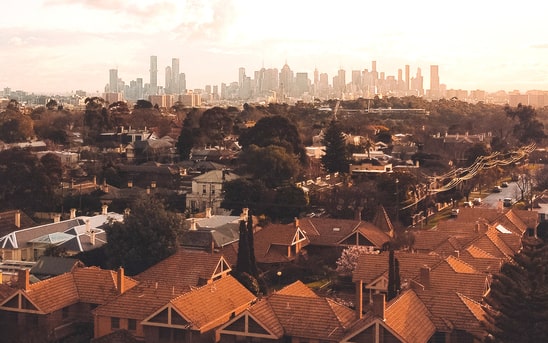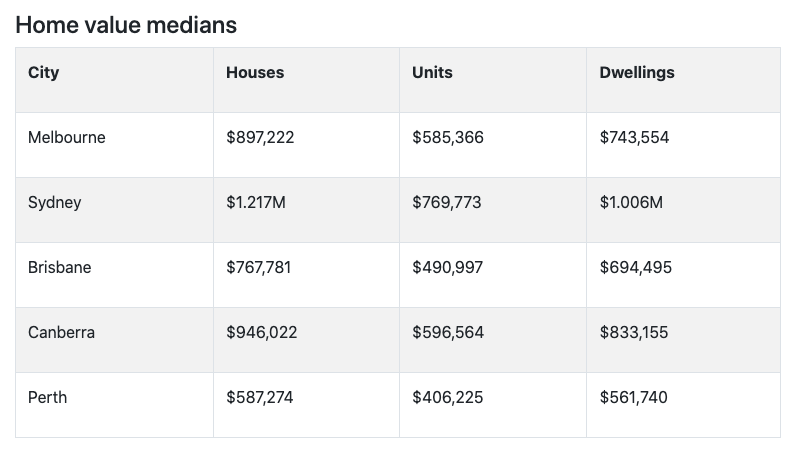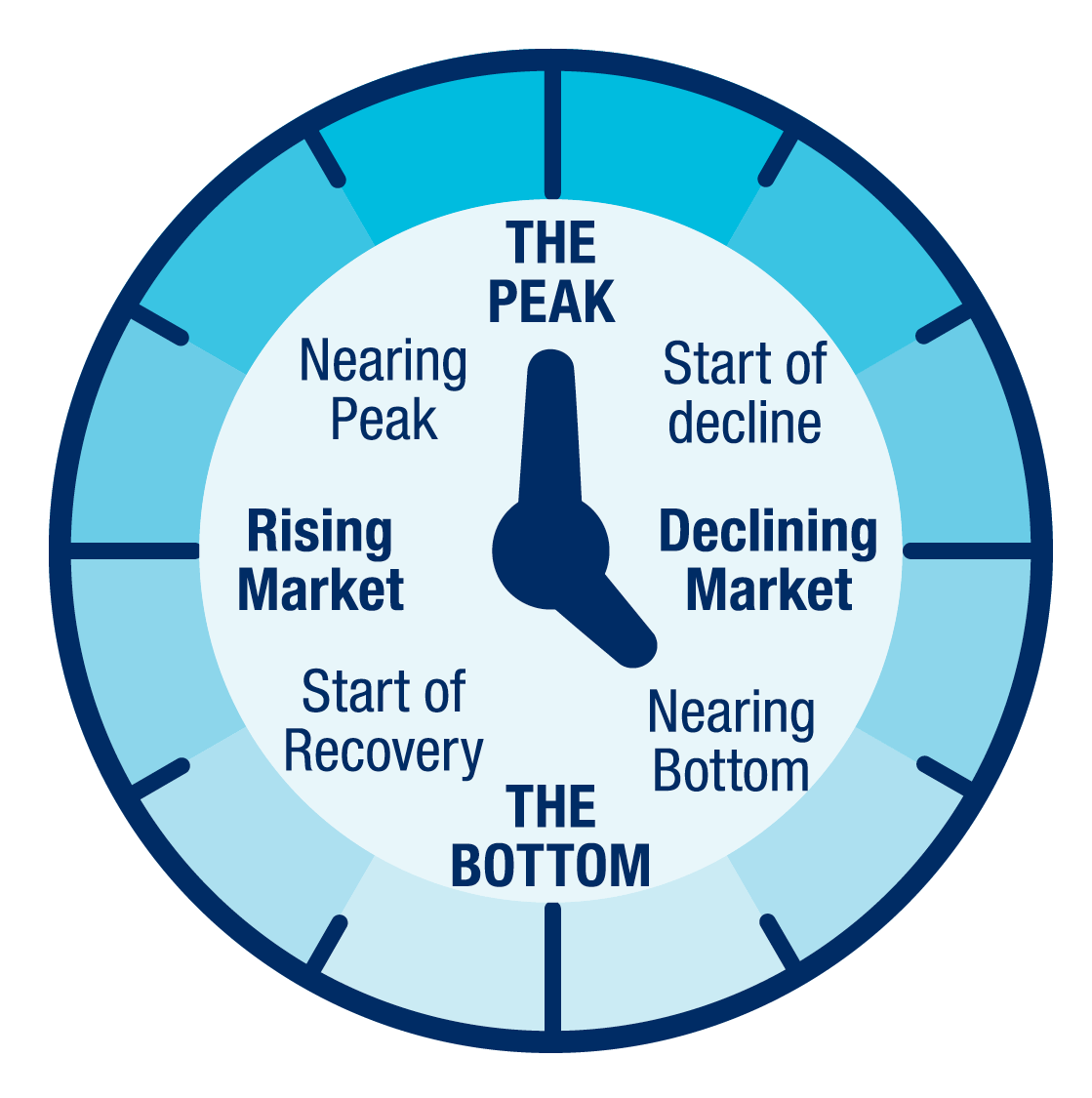
In the space of a year – and 10 official interest rate rises – plenty of positively or neutrally geared investment properties have slipped into negative territory. After a significant 3.5% jump in the cash rate, savvy investors are now rethinking their medium to long term strategies.
While some property investors actively choose a negative gearing path, others have only recently found themselves navigating the oft-talked about mortgage method due to the fast-paced interest rate climate. There are tax-related perks that come with negative gearing, but the strategy doesn’t necessarily make sense for everyone. To work out if negative gearing is right for you, it might be time to give your property investment plan a ‘health check’.
Advantages of negative gearing
Put simply, negatively gearing your property investment means spending more on your mortgage interest payments and expenses than you’re getting in rental payments. In this case you’re effectively not earning an income from the property, but it does mean you can write off these losses at tax time. Although the investment property is costing you (rather than providing income), the negative gearing pay day hopefully comes in the form of capital growth.
Disadvantages of negative gearing
While some investors swear by the strategy, negative gearing does come with downsides. You’ll be making an ongoing loss and won’t generate a passive income to help pay for the property’s holding costs. Another drawback is the potential for a capital loss. Investors get into real estate to make money, but there are no guarantees.
What is positive gearing?
On the flip side of negative gearing, positive gearing takes the opposite approach, whereby the income you earn from your investment property is higher than your expenses. This tactic is ideal for investors looking for consistent returns and a passive income. And if the property increases in value there will be capital gains on top of your rental income when you come to sell. You will pay tax on your rental income and with rising rates, it can be more challenging to find suitable properties which fit the strategy.
Neutral gearing explained
If your investment property costs you nothing, but also earns you nothing, then it is neutrally geared. Essentially, you’re breaking even with no advantage or disadvantage when it comes to paying tax. It’s a rare approach because it’s difficult to perfectly align both the expenses and earnings but can work well for anyone investing through a self-managed super as it won’t eat into the fund’s wealth.
How it works on both sides of the “gearing” fence
Taking the positive approach
Let’s take a look at Anna’s story. She’s worked hard to save a $170,000 deposit to buy an investment property and after finding the right place, put that cash down as a healthy 40% deposit towards the $425,000 cost.
Now tenanted, the property makes $2,000 in rent a month and the mortgage along with other expenses adds up to $1,000 a month. That’s $1,000 of positive monthly income, or $12,000 a year. This $12,000 income will be included as part of your total taxable income come tax time.
Negative gearing in action
Henry owns an apartment which is generating $20,000 a year in rent. Because he started out with a 15% deposit, he is highly geared with a large mortgage interest bill of $25,000 a year. Then there’s $4,000 in annual expenses, so overall his investment property is costing him $9,000 a year.
This loss can now go towards reducing his taxable income, and ultimately his tax bill at the end of the financial year.
Since he is taxed at 33%, offsetting the $9,000 against his taxable income drops the final ATO bill by $3,000. Now Henry’s out-of-pocket costs are only $6,000 which he feels comfortable taking on in the expectation he’ll make significant long-term capital growth.
What to consider when negative gearing
It’s important to cover all your bases when working out whether negative gearing is the right strategy for your personal circumstances and the property in question. Prepare yourself by asking;
- Can I realistically pay for the property while also losing money on it?
- If interest rates continue to rise, can I still afford this strategy?
- Is there scope to increase the rent to meet the mortgage demands?
- Is the property going to appeal to a high number of potential renters so it never sits empty?
- What happens if I can’t find a quality tenant, or even one at all?
- Has the home got good capital growth potential?
- When, if ever, will the property be positively geared?
- Will the potential tax benefit, coupled with the profit I hope to make upon its sale, outweigh the negative gearing loses?
Is negative gearing still worth it?
As the cost of living – and the price of holding a mortgage – continues to increase, negative gearing will eat more and more into your monthly expenses. While it can be a highly effective strategy to reduce your tax bill and unlock capital gains, there are a lot of other things to consider. If your household budget is already tight in the current climate, then perhaps this isn’t a path for you. However, if you have crunched the numbers and are confident you can absorb the extra costs then negative gearing might just be the right fit.
Ultimately, you’ll need to consider your own financial circumstances and speak to us to find a loan that suits your ideal strategy.
Suite 2, 1 Railway Crescent
Croydon, Victoria 3136
Email: integrityone@iplan.com.au
Telephone : 03 9723 0522






